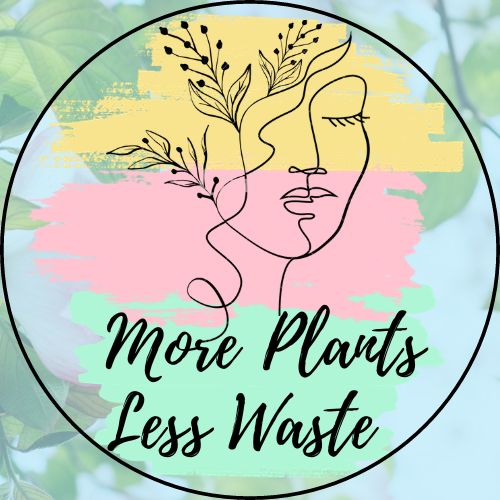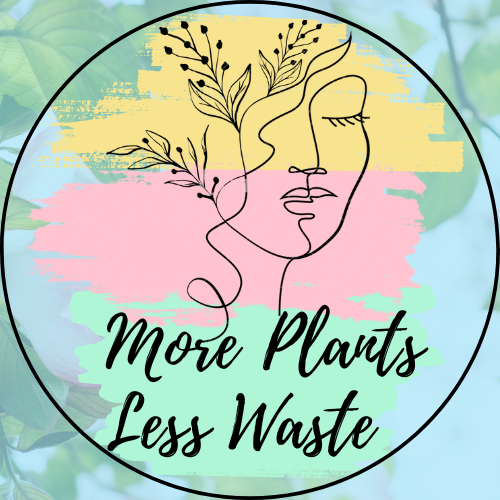What Is a Grow Light?
Grow lights are lamps or light bulbs used as ‘artificial sun.’ Plants grow through the process of photosynthesis. As long as they have sun, water, and nutrition, they will grow healthy and beautiful!
Sometimes, when we have indoor plants, they don’t always get as much sun as they need. Such as plants in dark areas of the house or plants during winter months. This is when using a grow light is ideal! It’s a great way to get some more daylight for your growing plants.
What Type of Grow Light?
There are a number of different bulbs you could use to grow plants. However, some are not safe because they get too hot. Fluorescent, CFL and LED bulbs are great options to avoid this issue! They run very cool while providing broad spectrum lighting and are low on energy use.



Fluorescent
Fluorescent grow lights or bulbs are good for houseplants or starting seeds. They can help supplement the lighting needed in dark rooms or during winter months. However, they do give a weaker intensity and should be placed 3-12 inches from the foliage (leaves) to have an effect.
Fluorescent bulbs are also often used in business and office settings. During my time working in Plant Maintenance, I cared for a lot of plants that had no natural lighting at all. Most of my office plants were supplemented with fluorescent lighting. It’s a great way to get some greenery into your office space.
CFL
CFL lighting is the same as Fluorescent just in a compact form. However, they usually offer a higher light intensity which means they should be placed around 12-24 inches from the foliage (leaves). But, CFL lighting does make a great light source for your indoor plants or garden.
CFL lighting comes in full-spectrum lamps and bulbs which are great for giving you the proper lighting options you’ll need. Another bonus to CFL lighting is the number of options you have for fixtures. They will fit into most ordinary light fixtures making them perfect for any room!
LED
LED grow lights and bulbs are a great way to stay energy efficient! They tend to be more expensive than fluorescent bulbs but are worth it considering they use significantly less electricity. They’re more intense than fluorescent bulbs and should be placed 12-24 inches from the foliage (leaves).
It’s key to make sure the LED bulb is designed for supplementing artificial light to plants because not every LED bulb has the intensity or capability to grow a plant. But, they do come in full-spectrum lighting which is greatly beneficial. They also produce very little heat, making them much safer.
Kelvin Scale – Color Temperature
There are a lot of grow lights that are measured on a Kelvin Scale or in the abbreviation of “K”. This Kelvin Scale is based on color temperature. Color temperature is a method used to describe the warmness or coolness of the color of a light source. This color temperature is useful for light sources that give a red-orange to blue-based color.
A great visual comparison is to think about when you heat metal. The flame will go from a deep red-orange to white-blue. This color temperature spectrum, the Kelvin Scale, is measured with numbers in degrees of Kelvin, or “K.” These numerical values are what’s used to describe the color of the grow light.

What Color Grow Light?
The spectrum of light your lamp or bulb emits will be something to pay attention to. However, in most cases a full-spectrum light is ideal.
Gardens
For gardens, it will depend on what state your garden is in. Vegetables, seeds, and herbs in a vegetative state will prefer blue-toned light. Look for a color temperature in the range of 5,000-7,500K.
Gardens in a fruiting stage will prefer red-toned light. Look for a color temperature between 2,000-3,500K. This will promote the blooming, flowering, and fruiting stages.
Gardens are exactly where LED lighting comes in most beneficial. Most LED grows lights will offer full-spectrum lighting. This allows you to pick between red, blue, or both giving off a violet color. This violet will promote growth while the red will promote flowering.
Foliage Plants
Generally speaking, for your foliage or ‘leafy’ plants you’ll want a blue-toned light. Look for a color temperature in a range of 5,000-7,000K (blue/cool light). This will help promote bushy vegetation and growth.
The blue light is related to chlorophyll production in plants. This is what gives them their green, healthy look. The blue light will help the stems and leaves to grow strong and healthy where you’ll get a dense, bushy appearance.
Flowering Plants
For flowering or ‘blooming’ plants you’ll want a red-toned light. Look for a color temperature in the range of 3,500-4,500K which will promote fruiting or flowering.
A red light is what helps the plant produce fruit or flowering. It helps promote root growth which gives you healthy leaves as well as blooms. It’s also ideal for seeds and bulbs!



How Long To Leave It On?
Indoor plants tend to need more light than those outdoors. However, as tempting as it is to leave them on all day, it’s important to give your plants at least 6-8 hours of darkness. It’s essential to their health. There are a lot of grow lights that come with a timer, which makes things so much easier!

Gardens
For gardens, (herbs & vegetables) around 14-16 hours of light is ideal with supplemented or artificial lighting.
Foliage Plants
Foliage plants (just leaves, no flowers) usually require 12-14 hours of light. I have seen amazing progress with sticking to just 12 hours a day with my own foliage plants.
Flowering Plants
For flowering plants (blooming), I tend to stick to 14-16 hours of light. I have found my flowering plants prefer ‘longer days’ and more time in ‘daylight,’ or supplemented daylight with artificial lighting.
Final Tips
If you notice your plants losing their green color or getting leggy, try giving them more blue light. If your plant isn’t flowering, try giving it more red light. But, always remember to give your plants some time to rest. At least 6-8 hours of dark is ideal for your plant’s health.
Also, make sure as your plants grow, you’re adjusting the grow light as needed. You’ll want to keep the proper distance between your plant and the grow light, depending on your plant’s needs.




One Comment